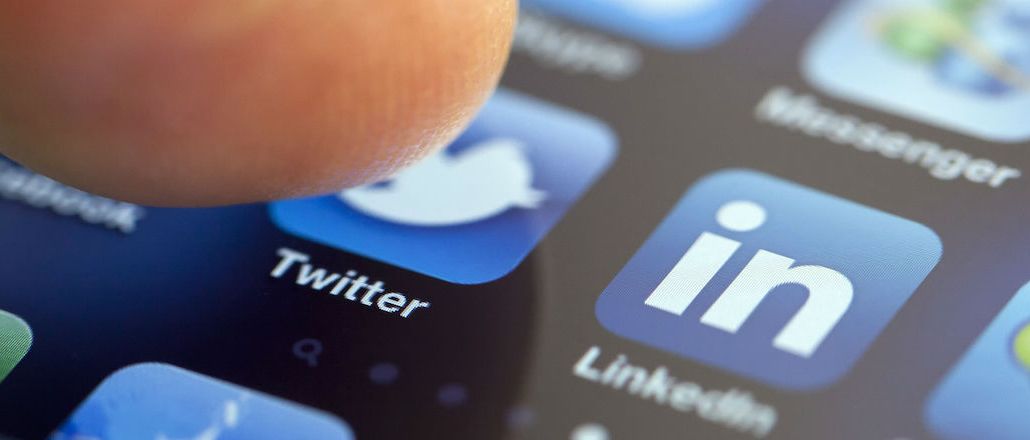
Twitter’s pre-roll video ads have been open for business to influencers for a month now. But it appears they’re not being widely adopted yet.
In August, Twitter announced that it was opening up pre-roll video ads to popular Twitter users. Previously, video ads were available to publishers, but not to influencers, or “creators” in the Twitter vernacular. To compete with other video platforms, several of the pre-roll program’s terms are favorable to creators. The content doesn’t have to be exclusive, meaning that users can repurpose content they created on other platforms and still reap the revenue they bring in from Twitter’s pre-roll ads. And according to Recode, the program’s revenue splits—70-30 in favor of creators—are more encouraging for creators compared to YouTube’s and Facebook’s video revenue splits of 55-45.
But despite these terms, a handful of agencies who work with influencers said that their clients do not use Twitter’s video ads. A Twitter spokesperson declined to share statistics on the feature.
Nine influencers replied to messages for this story. Five of them were not aware that pre-roll ads were opened up to influencers. However, three of them were planning to eventually implement the ads and had requested access to the feature from Twitter. None were currently using the ads. The Twitter spokesperson said, “The approvals are on a case by case basis,” and declined to specify particular criteria creators must meet to gain access to the ads or how long approvals tend to take.
Alexa Tonner, co-founder and head of partnerships at social media influencer agency Collectively Inc., said her agency “hasn’t heard much about it [influencers using pre-roll ads] at all. It hasn’t been something that’s hit our radar, or from what I can tell of our clients’ media plans, their radar either.”
Tonner added that some clients view syndicating content across platforms to be “a redundancy.” And that she “hasn’t seen that sort of appetite or desire to create the videos [on Twitter] regardless of the split.”
Eric Dahan, CEO and co-founder of Instabrand, which plays matchmaker to brands and influencers, also said that his influencer clients simply aren’t using pre-roll ads. To be fair, it took several months after Twitter opened up pre-roll ads to publishers last October before some publishers found that Twitter video became a more lucrative revenue stream than Facebook video. And Dahan conceded that sometimes it takes some time for influencers to adopt new platform features, even if features such as Instagram’s Stories were quickly adopted.
Still, Dahan mentioned an underlying factor that could remain a hurdle for Twitter in getting more influencers to run video ads: “Twitter doesn’t have a strong sales pipeline,” Dahan said while comparing Twitter’s advertising reach to YouTube and Facebook. “Even though the revenue share is better for creators, they don’t have nearly the [sales] volume.”
The Collective Bias network is made up of more than 8,000 influencers, though Digiday could identify just one influencer who had any familiarity with Twitter’s video ads. And the influencer had just started implementing the ads this week. Holly Pavlika, Collective Bias svp of marketing and content, said it’s unusual for their influencers to be this non-responsive to new platform features.
Although influencers can syndicate their already-created content for Twitter, Joe Gagliese, co-founder and managing partner of Viral Nation, said his clients haven’t done so because “the content they normally produce [for other channels] doesn’t usually do well on Twitter.” And that “creators get discouraged when they see unsatisfactory results from video content.”
Scott Fisher, co-founder and partner of Select Management Group, added that influencers “need to see video [on Twitter] performing well elsewhere, whether from their peers or media companies, before they feel comfortable syndicating something on Twitter or creating original content for Twitter. It just feels like an afterthought right now.”
More in Media

Digiday+ Research: Publishers take their focus off events as revenue dips
The percentage of publishers making money from events hit a low as of the first quarter of this year and, as a result, fewer publishers plan on putting a focus on growing that part of their business.

What platforms, brands and agencies hope to get out of the Possible conference in year 2
Year two of Possible is once again being held in Miami Beach, and it will take place from April 15-17 with 3,000 attendees expected to listen to another 200 or so speakers, including Snap’s Colleen DeCourcy, Uber Ads’ Megan Ramm and UM Worldwide’s Matthew Smith.

AI Briefing: Cloud giants’ AI ambitions create new partnerships — and new competitive concerns
Last week, tech companies like Google, Microsoft and Amazon all announced updates more updates for their cloud and AI efforts





